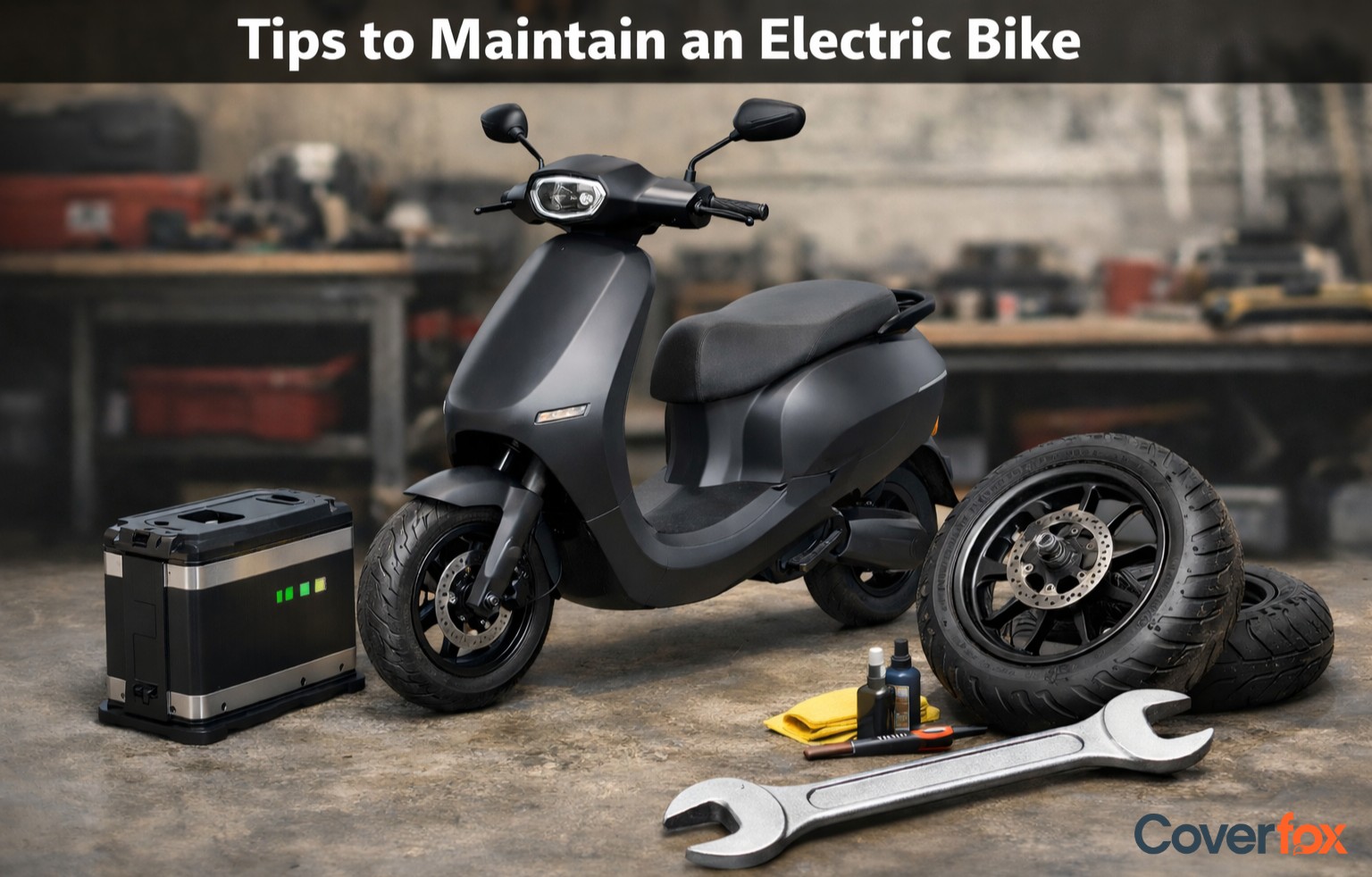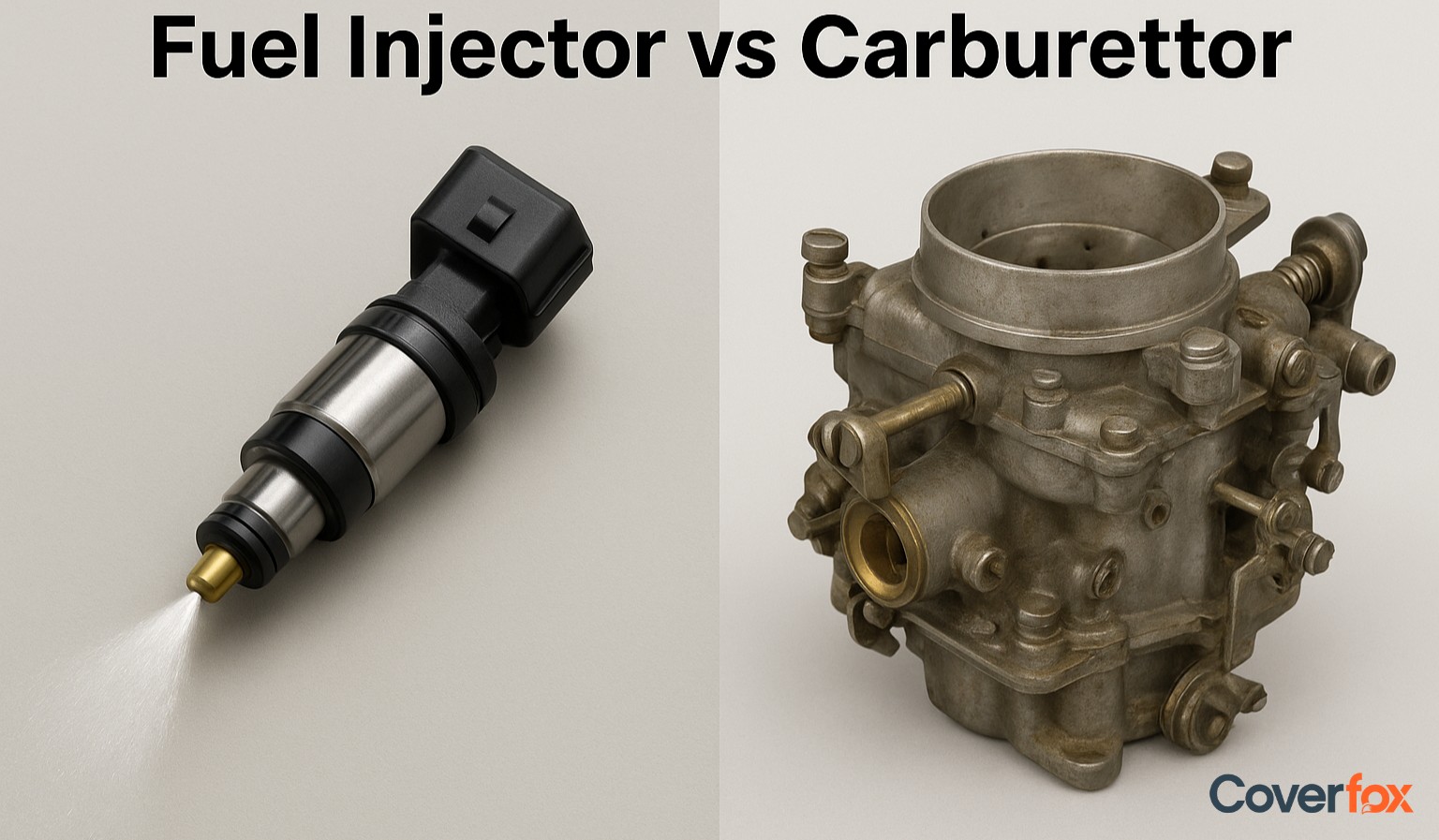Having basic third party insurance for your bike is essential as per Indian law, but it might not be enough to protect you from significant expenses that come with accidents, theft, or natural calamities.

This is where comprehensive insurance comes in. If you're considering upgrading your bike insurance, switching from third party to comprehensive coverage can be a smart decision.
This guide will help you understand why and how to switch from third party to comprehensive insurance, the benefits of doing so, and what to keep in mind during the transition.
Why Switch from Third Party to Comprehensive Insurance?
Many bike owners start with third party insurance to meet the legal requirements. However, as the risks on the road grow, switching to comprehensive bike insurance provides greater protection. Here’s why you should consider upgrading:
1. Comprehensive Coverage for Your Bike
Third-party insurance only covers damage to others (vehicles, pedestrians, property), leaving your own bike unprotected in case of accidents. Comprehensive insurance, on the other hand, protects your bike from damages caused by accidents, theft, fire, natural disasters, and even vandalism.
2. Protection from Theft
Bikes are commonly targeted for theft, and losing your bike without comprehensive coverage can result in significant financial loss. Comprehensive insurance includes theft protection, ensuring that you’re covered even if your bike is stolen.
3. Financial Security Against Natural Calamities
Comprehensive insurance also protects your bike from damages caused by natural disasters such as floods, earthquakes, or storms. third party bike insurance offers no protection in these cases.
4. Add-On Covers
Comprehensive insurance allows you to add specific riders, like zero depreciation, engine protection, and roadside assistance. These enhance the basic coverage and ensure better protection.
Steps to Switch from Third Party to Comprehensive Insurance
Switching from third party to comprehensive insurance is a straightforward process. Here’s how you can do it:
1. Evaluate Your Needs
Start by assessing the risks associated with your riding habits and the value of your bike. If your bike is new or relatively expensive, comprehensive insurance is almost a necessity. You should also consider how frequently you ride and the areas you commute through.
2. Compare Policies
Using online platforms like Coverfox, compare the comprehensive insurance policies offered by different insurers. Look for features like add-ons, claim settlement ratios, premium rates, and reviews.
3. Check for Add-Ons
When switching to comprehensive insurance, you’ll have the option to choose add-ons like zero depreciation, personal accident cover, or engine protection. These add-ons enhance the coverage of your bike and ensure that repairs or replacements won’t burn a hole in your pocket.
4. Submit the Necessary Documents
When switching policies, you may need to provide a few essential documents, such as:
- Your bike’s Registration Certificate (RC)
- A copy of your existing third party insurance policy
- Personal identification proof (Aadhaar, PAN)
Some insurers may require an inspection of your bike before providing comprehensive coverage.
5. Understand Premium Changes
Switching to comprehensive insurance will increase your premium, but this cost is justified by the extensive coverage you get. Ensure you’re aware of how much the new premium will be and whether any discounts apply (such as for installing anti-theft devices or having a clean riding record).
6. Purchase the Policy
Once you've chosen the right policy, the process of switching is relatively simple. You can buy the policy online after comparing the details, or reach out to the insurer for further clarifications.
Benefits of Comprehensive Bike Insurance
Switching to comprehensive insurance provides a range of benefits beyond just meeting legal requirements. Here are the key advantages:
1. Coverage for Own-Damage
Unlike third party insurance, comprehensive two wheeler insurance covers damages to your own bike in accidents, whether it’s your fault or someone else’s.
2. Coverage Against Theft
If your bike is stolen, comprehensive insurance ensures that you're compensated for the loss, saving you from significant financial loss.
3. Protection from Natural Disasters
Natural calamities can cause significant damage to your bike. Comprehensive insurance covers repairs and replacements due to floods, earthquakes, or other disasters.
4. Add-Ons for Enhanced Protection
With comprehensive insurance, you have the flexibility to customize your coverage with various add-ons. Zero depreciation, for instance, ensures you get the full claim amount without any deduction for the bike’s depreciation.
5. Third Party Liability Protection
Comprehensive insurance also covers third party liability, so you’re fully compliant with Indian traffic laws.
When Should You Switch to Comprehensive Insurance?
Switching from third party to comprehensive insurance is a decision that depends on your needs, but here are some situations where upgrading makes sense:
1. New or Expensive Bikes
If you’ve recently purchased a new bike or one with a high market value, you should switch to comprehensive insurance to protect your investment. The cost of repairing or replacing a new bike is much higher, and comprehensive coverage ensures you’re financially protected.
2. Frequent Riders
If you use your bike frequently for commuting or road trips, your exposure to risks increases. Comprehensive insurance provides the peace of mind that comes with knowing both you and your bike are covered.
3. Risk of Theft or Natural Calamities
If you live in an area prone to bike thefts or natural disasters, comprehensive insurance is a must. It ensures that you won’t have to bear the financial loss in such situations.
Conclusion
Switching from third party to comprehensive bike insurance is a wise decision for riders who want full coverage and peace of mind on the road. With protection against accidents, theft, and natural calamities, comprehensive insurance ensures that both you and your bike are well-protected. Whether you ride frequently, own a new bike, or live in a high-risk area, upgrading your policy provides the financial security you need.
Frequently Asked Questions
Q). Is switching from third party to comprehensive insurance allowed at any time?
Ans: Yes, you can switch to comprehensive insurance at any time, either during policy renewal or mid-term. However, make sure there’s no gap in coverage during the switch.
Q). Do I need a bike inspection when switching to comprehensive insurance?
Ans: Some insurers may require an inspection, especially if you're adding specific covers like zero depreciation or engine protection. Check with your insurer for their specific process.
Q). How does the premium change when switching from third party to comprehensive insurance?
Ans: Comprehensive insurance premiums are higher due to the increased coverage. However, the added protection justifies the cost, and you may also be eligible for discounts like No Claim Bonus (NCB) or safe rider discounts.
Q). Can I switch back to third party insurance later?
Ans: Yes, you can switch back to third party insurance during renewal if you no longer need comprehensive coverage. However, consider the risks before downgrading.
Q). Will my No Claim Bonus (NCB) carry over when switching policies?
Ans: Yes, if you haven’t made any claims on your third party policy, you can transfer your No Claim Bonus (NCB) when switching to a comprehensive plan. This will help reduce your premium.





